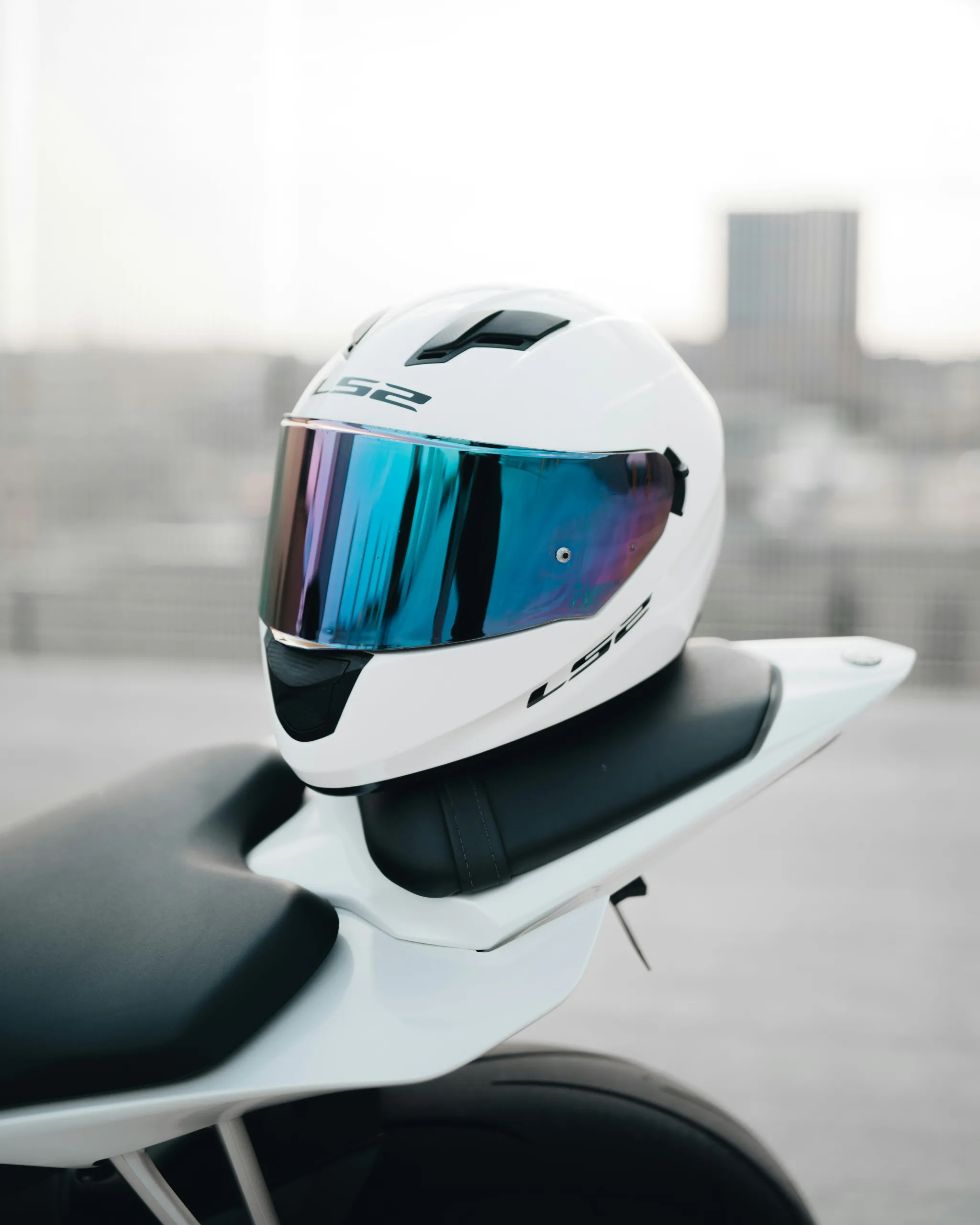Why Your Helmet Choice Really Matters
A motorcycle helmet isn’t just gear — it’s your first line of defense in a crash. It also protects you from wind, noise, debris, and even fatigue on long rides. But here’s the catch: the wrong helmet can be just as bad as no helmet at all.
Let’s walk through exactly how to choose a helmet that fits your riding style, comfort preferences, and safety needs — no fluff, just what works.
1. Match Your Helmet to Your Riding Style
Different helmets serve different purposes. Choosing the right type depends on how — and where — you ride most.
Full-Face Helmet
Maximum coverage, best protection. Ideal for highway, sport, and all-weather riders. Includes a face shield and often the best noise insulation.
Modular Helmet

Flip-up chin bar adds convenience without sacrificing too much protection. Popular with touring and long-distance riders.
Open-Face Helmet
Lightweight and open. Offers good visibility and airflow but no chin protection. Best for short city commutes or scooters.
Dual-Sport Helmet
Blends dirt and street features. Comes with a peak visor and wide face shield. Ideal for ADV and enduro riders who go on and off-road.
2. Get the Right Fit — Every Time
A poorly fitting helmet won’t protect you correctly — and it will be uncomfortable. Here’s how to get it right:
- Measure your head just above the eyebrows using a soft tape measure.
- Match your measurement with the helmet brand’s sizing chart.
- Try it on. It should feel snug — not loose, not painfully tight.
- Shake your head gently. The helmet should stay still.
3. Look for These Helmet Safety Standards
Before you even think about style or features, check for safety certification. If it’s not certified, it’s not worth wearing. These are the three most trusted labels:
- DOT: U.S. Department of Transportation. Legally required in the U.S.
- ECE 22.06: European safety standard, widely accepted globally.
- Snell: Voluntary independent testing with tougher impact standards.
4. Features That Improve Comfort and Performance
The best helmets do more than just protect you. Here are the features that make long rides safer and more enjoyable:
- Multi-point ventilation systems for airflow
- Moisture-wicking, washable liners
- Internal drop-down sun visors
- Quiet, aerodynamic shell designs
- Speaker cutouts for Bluetooth comms
5. When to Replace Your Helmet
Even high-end helmets have a shelf life. Replace your helmet if:
- It’s been dropped or in a crash — even once
- The shell or foam is cracked or worn
- The interior no longer fits snugly
- It’s more than 5 years old
Final Thoughts
A good helmet isn’t an expense — it’s an investment in your safety, confidence, and riding comfort. Choose one that fits your riding style, fits your head properly, and meets certified safety standards.
Ride smart. Ride safe. And don’t settle for “just okay” when it comes to your helmet.

